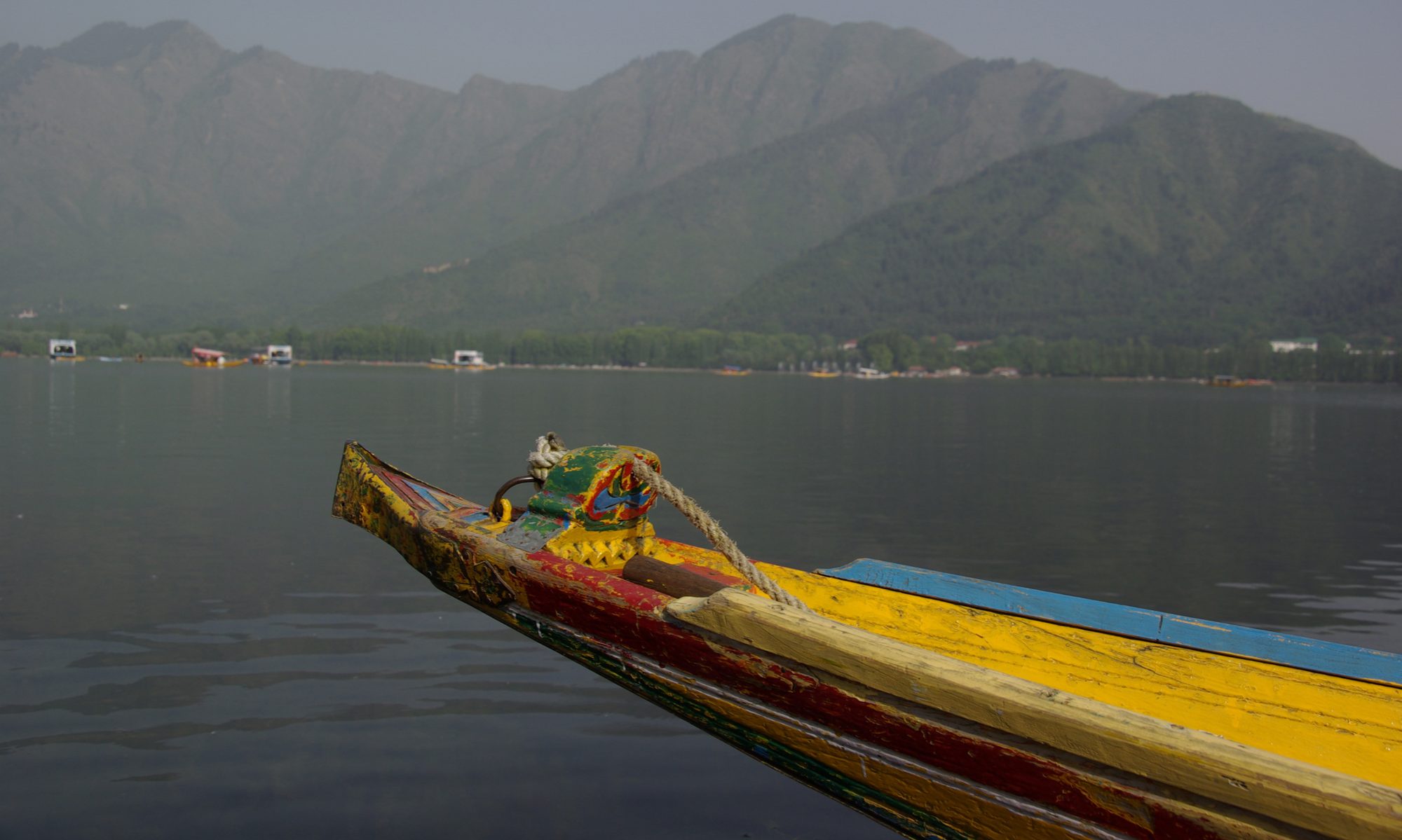Zum 70. Geburtstag des Ökumenischen Rates der Kirchen (ÖRK) hat die Evangelische Kirche in Hessen und Nassau (EKHN) dem ÖRK zwei Stationen der Multimedia Ausstellung „Frieden geht anders“ in einer englischen Fassung geschenkt.
To mark the 70th anniversary of the World Council of Churches (WCC), the Protestant Church in Hesse and Nassau (EKHN) gave the WCC two stations of the multimedia exhibition „Peace takes a different way“ in an English version.
The English Version of this Blog you will find at the end!
 Diese Stationen sind nun in Genf angekommen und die Ausstellung wurde heute feierlich im Foyer des ÖRK eröffnet. Mit konkreten Beispielen macht die Ausstellung deutlich: „Krieg ist niemals alternativlos, aber immer fantasielos.“ Die mobilen Ausstellungsdisplays sind für den modularen Einsatz konzipiert und richten sich insbesondere an Jugendliche und junge Erwachsene. Die beiden Stationen der Ausstellung wurden von der stellvertretenden Generalsekretärin des ÖRK, Prof. Dr. Isabel Apawo Phiri, heute im Rahmen einer Friedensandacht eröffnet.
Diese Stationen sind nun in Genf angekommen und die Ausstellung wurde heute feierlich im Foyer des ÖRK eröffnet. Mit konkreten Beispielen macht die Ausstellung deutlich: „Krieg ist niemals alternativlos, aber immer fantasielos.“ Die mobilen Ausstellungsdisplays sind für den modularen Einsatz konzipiert und richten sich insbesondere an Jugendliche und junge Erwachsene. Die beiden Stationen der Ausstellung wurden von der stellvertretenden Generalsekretärin des ÖRK, Prof. Dr. Isabel Apawo Phiri, heute im Rahmen einer Friedensandacht eröffnet.

In ihrer Ansprache machte sie deutlich, dass das Engagement für den Frieden und die Suche nach gewaltfreien Konfliktlösungen zu den Kernaufgaben des ÖRK gehöre. „Die Ausstellung zeigt auf eindrucksvolle Weise, dass wir gemeinsam auf dem Pilgerweg der Gerechtigkeit und des Friedens unterwegs sind und dass Konflikte friedlich gelöst werden können“, sagte sie in ihrer Ansprache. „Für uns ist diese Ausstellung – die in der deutschen Fassung 7 Stationen umfasst und mehr dazu auf der Website www.friedensbildung.de – ein deutliches Zeichen in die Gesellschaft, dass gewaltsame Kopnfliktlösungen und Krieg niemals alternativlos sind,“ ergänzte Detlev Knoche, Ökumenereferent der EKHN und Leiter des Zentrums Oekumene der EKHN und EKKW in seinem Grußwort.
Die beiden Stationen in englischer Sprache befassen sich zum einen mit dem Bürgerkrieg in Liberia und beschreiben, wie das zivilgesellschaftliche und gewaltfreie Engagement der „Frauen in weiß“ zur Beendigung des Bürgerkrieges im Land beigetragen hat. Die zweite Station beschreibt den KSZE Prozess. Nach zweijährigen Verhandlungen wurde 1975 die KSZE-Schlussakte in Helsinki unterschrieben. Die unterzeichnenden Staaten verpflichteten sich in dieser Absichtserklärung zur Unverletzlichkeit der Grenzen, zur friedlichen Regelung von Streitfällen, zur Nichteinmischung in die inneren Angelegenheiten anderer Staaten sowie zur Wahrung der Menschenrechte und Grundfreiheiten. Außerdem wurde die Zusammenarbeit in den Bereichen Wirtschaft, Wissenschaft und Umwelt vereinbart. Damit wurde der Krieg „an Ketten“ gelegt.
Im Rahmen einer ökumenischen Langzeitfortbildung der EKHN und EKKW gemeinsam mit den Bistümern Limburg und Fulda ist gegenwärtig ein Gruppe von Theologinnen und Theologen zu Gast im ökumenischen Institut Bossey und dem ÖRK. Mit dieser Gruppe konnte die Ausstellung nach Genf transportiert werden. Am Rande der Eröffnung wurden auch erste Gespräche über eine mögliche Präsentation der Ausstellung im Rahmen der 11. Vollversammlung des ÖRK 2021 in Karlsruhe geführt.

The English translation of the Blog
These stations have now arrived in Geneva and the exhibition was ceremoniously opened today in the foyer of the WCC. With concrete examples, the exhibition makes it clear: „War is never without alternative, but always without imagination“. The mobile exhibition displays are designed for modular use and are aimed in particular at young people and young adults. The two stations of the exhibition were opened today by the WCC’s Deputy General Secretary, Prof. Dr. Isabel Apawo Phiri, as part of a peace service. In her address, she made it clear that commitment to peace and the search for non-violent conflict resolution is one of the WCC’s core tasks. „The exhibition is an impressive demonstration that we are together on the pilgrimage of justice and peace and that conflicts can be resolved peacefully,“ she said in her address. „For us this exhibition – which in the German version includes 7 stations and more about it on the website www.friedensbildung.de – is a clear sign to society that violent coping conflict solutions and war are never without alternatives,“ added Detlev Knoche, ecumenical secretary of the EKHN and head of the Oecumenical Centre of the EKHN and EKKW in his greeting.
The two stations in English deal on the one hand with the civil war in Liberia and describe how the civil society and non-violent engagement of the „Women in White“ contributed to ending the civil war in the country. The second station describes the CSCE process. After two years of negotiations, the CSCE Final Act was signed in Helsinki in 1975. In this Declaration of Intent, the signatory States committed themselves to the inviolability of borders, to the peaceful settlement of disputes, to non-interference in the internal affairs of other States and to the protection of human rights and fundamental freedoms. Cooperation was also agreed in the economic, scientific and environmental fields. The war was thus „chained up“.
As part of a long-term ecumenical formation of the EKHN and EKKW together with the catholic dioceses Limburg and Fulda, a group of theologians is currently guests at the Bossey Ecumenical Institute and the WCC. With this group the exhibition could be transported to Geneva. On the margins of the opening, initial discussions were also held on a possible presentation of the exhibition at the 11th general assembly of WCC 2021 in Karlsruhe.










